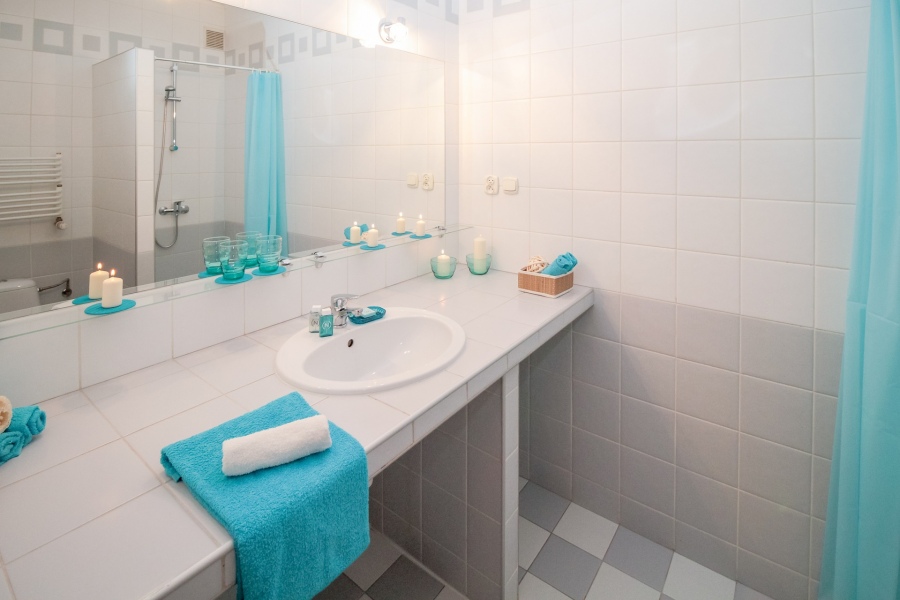What is Asbestos?
A material that was commonly used in building materials that started during the 1800’s. It is the name given to two groups of naturally occurring silicate and chain materials. A fibrous material, it has a rock-like surface until it is broken to reveal its ‘fluffy’ innards. Its durable and non-combustible form is made of thousands of tiny fibres that can be easily inhaled when broken.
The first female HSE noted in 1898 that asbestos was the cause in some cases of bronchial and respiratory problems.
How to manage the problem
Asbestos was eventually banned in 1999 due to the serious damage that inhaling the tiny fibres had on the lungs. Long term exposure to the substance can lead to asbestosis and mesothelioma which can become lung cancer. In the event of discovering asbestos in your building, ensuring the safe removal of asbestos is vitally important due to the frailty of the substance.
Make sure that the area is cordoned off; this will prevent the spread of asbestos if it is broken and guarantees a person’s safety from inhaling the substance. If in doubt about the amount of asbestos in your building, it is advised that you contact an asbestos surveyor who will advise you on the best practice of asbestos management and removal.
How to remove Asbestos
When dealing with asbestos, it is recommended you contact a removal specialist especially for a private business. In the event of asbestos in a domestic situation, you can manage it yourself, but you must ensure you take the necessary precautions.
- Ensure you obtain asbestos removal equipment, i.e. Paper overalls and approved asbestos dust mask.
- Avoid breaking up the asbestos and mop up any asbestos dust with a damp rag
- Cover any surface with a plastic sheet to prevent being covered with asbestos dust
- Asbestos should be wrapped in visqueen sheets, doubled bagged and labelled as ‘Asbestos Waste’
- Do the same with the protective clothing, dust sheets and mask
- Remove asbestos in calm weather. This will ensure you control the amount of dust that is spread
- Inspect the area and make sure that all asbestos debris has been cleaned away
- Avoid using power tools that might disturb and spread asbestos dust
When disposing asbestos, contact a private company to ensure professional removal. Do not dispose it with general waste, this can lead to the spread of the substance and poses a risk to those who remove your general waste. For a private business, ensure that the area is isolated to staff and the public and a registered HSE removal company must be contacted.
It is still advised with domestic asbestos that you contact a reputable surveyor who will give you advice on how best to remove asbestos. Removing it yourself can still be extremely dangerous and contacting a professional will ensure that it is removed safely and completely. They will also abide by the safest asbestos removal practices. Local councils also provide help and support in the event of asbestos and can give you practical advice. For further information, please click here.
Harry Price is a guest blogger and personal trainer. He enjoys living life as a bachelor and playing competitive poker with his mates on the weekends.





